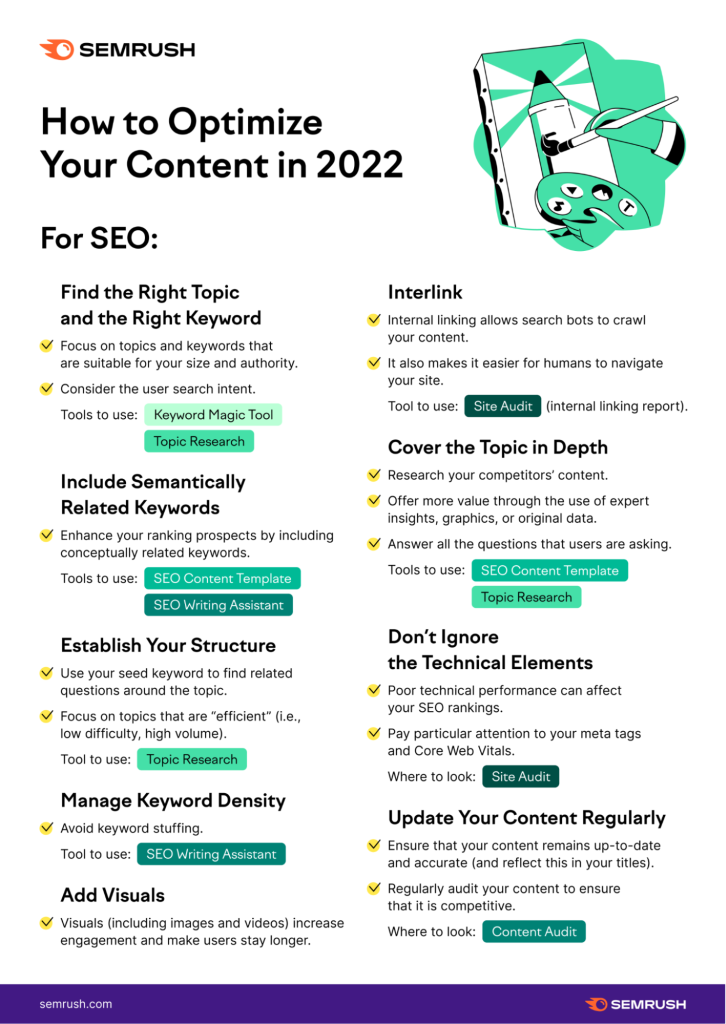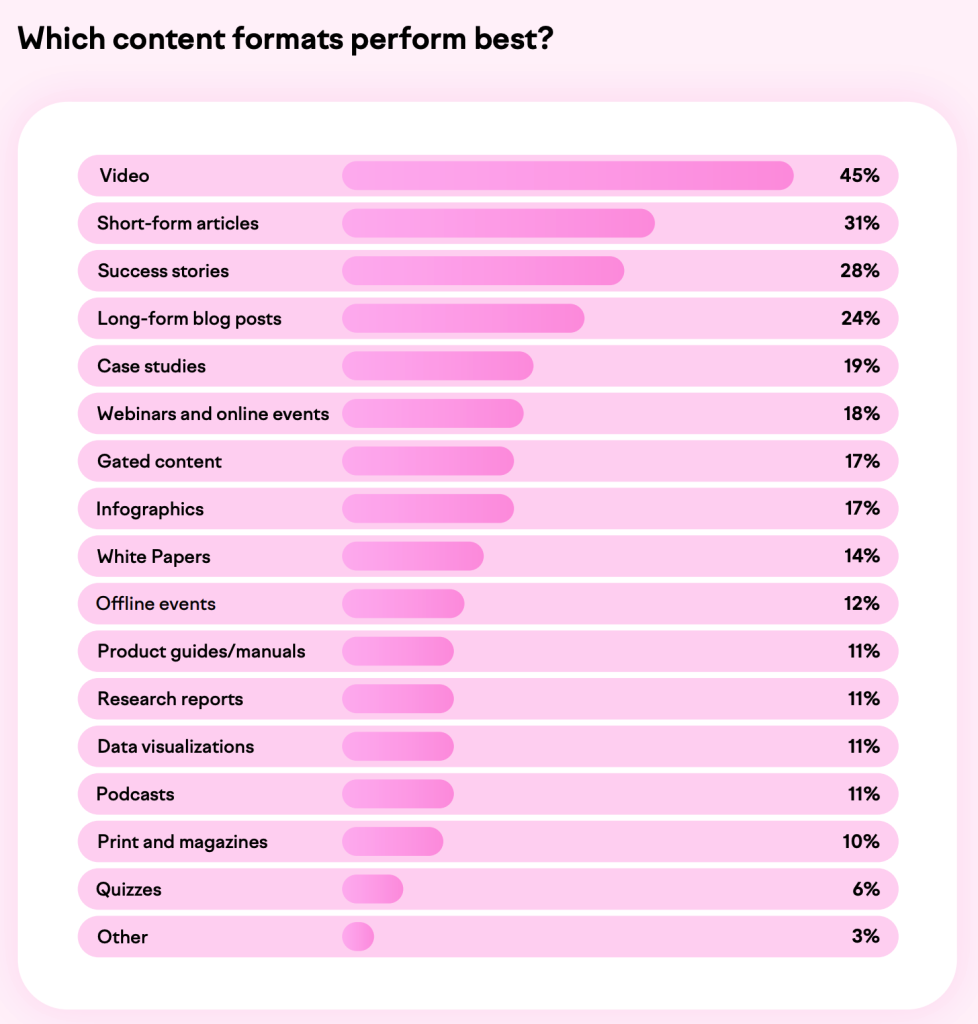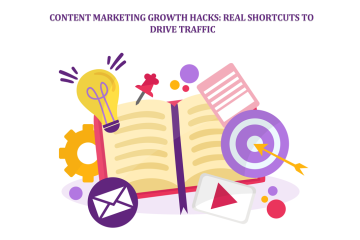
October 28, 2024
According to a report by Content Marketing Institute, 58% of B2B marketers saw an increase in sales and revenue in 2023 because of content marketing. This number highlights the ever increasing importance of content marketing and proves it is much more than publishing regular content pieces. The key is to deliver content that resonates with your audience, offering real value, and boosting customer engagement.
Quick Links
In this blog, we’ll discuss what is content marketing and ways that can help you improve your content marketing efforts.
What is Content Marketing?
Content marketing refers to the process of creating and distributing meaningful content to attract and engage users to convert them into customers. It aims to convince your target audience to take a specific action and build a strong relationship with them. It helps to create a loyal and engaged customer base, increasing customer’s lifetime value.
Example of Content Marketing

Source
Chanel’s Instagram page is a great example of effective content marketing in the luxury fashion industry. It has a sophisticated appearance with high-quality images. It includes content such as fashion shows, celebrity endorsements, and behind-the-scenes posts to keep the audience engaged.
5 Ways to Make Your Content Marketing More Effective
With so much content available online, it is important to ensure the content you create must resonate with your target audience. Here are five ways that can help you make your content marketing more effective.
1. Know your audience
Before you start writing, it is important to know whom you’re writing for. Find out who will read the content that you’ll create. Understanding your target audience helps you create content that appeals to them, streamlining your content marketing strategy.
Create buyer personas that explain the interests, needs, pain points, and preferences of a specific niche of people. You can also conduct user interviews while making personas. Analyze your buyer personas and find answers to the below questions to ensure you create the right content for the right people.
- What are their needs and expectations?
- What problems are they facing?
- Why do they need your product or service?
- How can your product or service solve their problems?
- Where do they typically engage or spend their time?
Imagine you’re writing a fitness blog for professionals who want to stay fit, but don’t find time. Before you begin writing, you need to know your audience – professionals with hectic schedules between the age of 25-50.
You can create a buyer persona for a person say, Smith who is 35 years old, a marketing manager whose pain point is finding the time and motivation to stay fit. He is interested in quick, effective workouts along with clear and actionable advice. Doing this helps you create content that meets the specific needs of your audience.
2. Optimize your content
Content optimization helps you to improve your content by inserting keywords, and writing meaningful titles, and meta-descriptions, to enhance its visibility and engagement. This helps you to optimize the content for both search engines and humans.
Here are some ways you can use to optimize your content:
- Include internal linking in your content making it easy for search engines to crawl your content.
- Find relevant keywords and use them organically in your content.
- Avoid keyword stuffing.
- Include images, infographics, and videos to make your content engaging.
- Refresh existing content regularly to ensure its relevancy.
- Avoid big chunks of text, and use headlines and subheadlines effectively.
- Structure your header tags logically.
- Use clear, readable URLs that include keywords.
- Add schema markup to help search engines understand your content better.
- Conduct an SEO audit.
Tools you can use to optimize your content
- Keyword research and SEO: Google Keyword Planner, Ahrefs, and SEMrush
- Content analysis and optimization: Surfer SEO, Yoast SEO, and Clearscope
- Readability and Grammar: Grammarly and Hemmingway Editor
- SEO: Google PageSpeed Insights and GTmetrix
- Content performance and analysis: Google Analytics and Hotjar

Source
3. Measure and improve
To measure and improve your content marketing strategy, start setting SMART – specific, measurable, achievable, relevant, and time-bound goals. These goals help you clearly define what you want to accomplish.
Use tools such as Google Analytics to track the performance of your content. It’ll give you a clear picture of whether you’re attracting and engaging the audience. Based on these insights, you can refine your content strategy to fulfill your objectives and enhance content performance.
Some of the important metrics that you must track include:
- Website traffic: Measures number of visitors to your website.
- Engagement rate: Measures how many readers interact with your content, such as likes, comments, and shares.
- Bounce rate: Displays how many visitors left your website after viewing a single page.
- Conversion rate: Tracks actions such as signing up for a product or buying a product.
- Click-through rate: Tracks the percentage of users who click on links.
4. Try different content formats
When we think of content, blogs, and articles come to our mind first. Though they are important, they aren’t the only content assets you can share. To engage your audience, you can use different formats such as video content, ebooks, and PDFs. Different formats impact how your content is received.
For example, a fitness brand might notice that workout challenges are popular among their audience. Therefore, they could create workout challenge videos and provide downloadable fitness plans, improving user interaction and engagement.
Using different content formats can greatly change how people view your content. Conduct a content audit to find out which type of content works suits for your audience. You can also analyze your competitors and industry trends to find out what works best for your business.

Source
5. Create a distribution plan
Creating a content distribution plan is an important part of content marketing strategy. A well-crafted distribution plan ensures your content reaches the right audience, improving engagement and conversions. You can consider distributing your content across the below channels:
- Social media channels: Social media channels such as Instagram, Facebook, LinkedIn, and TikTok.
“To grow on social media, as an individual or a business, it is necessary to keep track of the statistics and trends for different social media platforms. They tend to keep changing frequently, and it might become difficult to keep track of them more often.”
[Vineet Gupta, Founder of 2xSaS]
- Email newsletter: Email newsletter works as a direct mode to reach your audience and share content such as new products, offers, deals, and discounts.
- PR outreach: Use press media to share important content such as product launches and research reports.
- Online communities: Engage on online forums such as Slack, Reddit, and Discord to share content.
Conclusion
Content marketing if done right helps you to extract maximum value from every content that you create. Start with deciding which type of content resonates with your target audience and plan your content marketing strategy to spread brand awareness, nurture relationships, and achieve your business goals.





